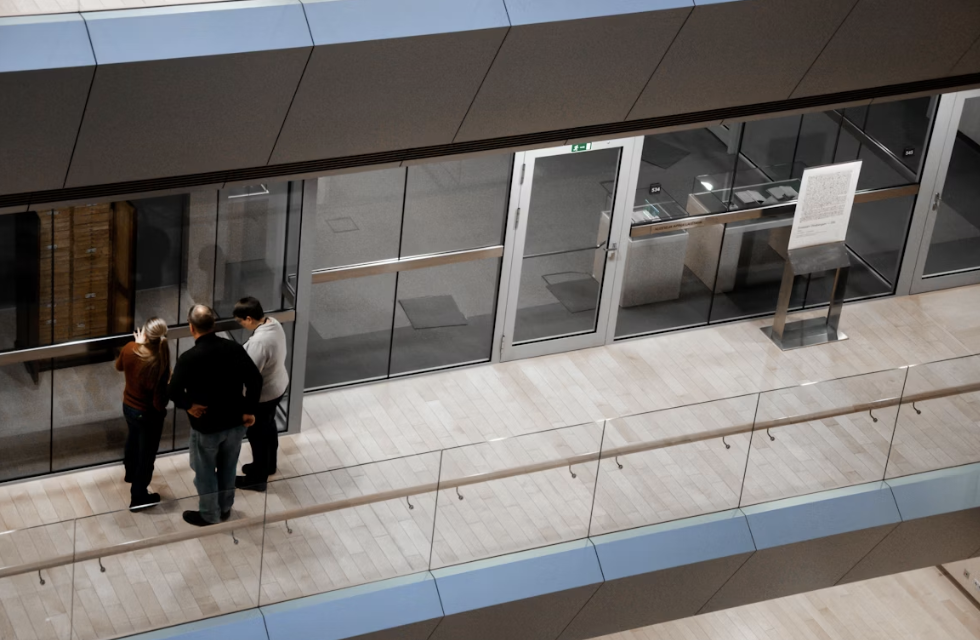Smart infrastructure blends technology with everyday operations to create environments that think and respond. Buildings equipped with connected systems adjust in real time, giving teams better insight into performance while improving comfort and reliability. Businesses that embrace this approach turn static spaces into active assets that support growth instead of holding it back. As cities expand and building demands grow more complex, the ability to adapt quickly separates forward-thinking organizations from those that struggle to keep up.
Data-Driven Buildings and Real-Time Visibility
Modern operations run on data. Smart meters, occupancy sensors, and integrated control systems give teams a detailed view of how each area performs throughout the day. This real-time feedback highlights opportunities to fine-tune schedules, reduce waste, and improve comfort without guesswork. Dashboards make it easier to share insights between operations, finance, and leadership, which keeps decisions grounded in facts rather than assumptions.
Digital models allow managers to test upgrades before making changes, helping them avoid expensive missteps. Open platforms and clear data standards reduce the risk of locking into systems that cannot evolve. When leaders build these habits into daily routines, they transform infrastructure from a hidden cost into a steady source of value. Over time, data-informed practices shape better decisions and create environments that are easier to manage.
Vertical Mobility and Tenant Experience
Across San Francisco, Oakland, and San Jose, buildings rely on dependable elevators to keep people and goods moving without delays. Facility managers often look at providers of commercial elevator services throughout the San Francisco Bay Area to ensure uptime goals match tenant expectations. Reliable service schedules, modernization plans, and consistent performance keep buildings running smoothly even during busy hours.
Tracking ride quality, dispatch speed, and door cycles helps managers schedule upgrades before problems affect operations. When elevator systems share data with access control and visitor platforms, bottlenecks disappear and lobbies flow naturally. A well-integrated vertical mobility plan improves daily life for tenants and visitors alike, reinforcing trust and supporting long-term occupancy. Smooth, reliable transportation inside buildings plays a direct role in how people perceive the overall environment.
Energy Management and Grid Integration
Energy programs play a major role in most smart infrastructure strategies. Analytics pinpoint waste, optimize loads, and prioritize upgrades that cut costs while keeping spaces comfortable. Automated systems adjust lighting, heating, and cooling according to actual occupancy and weather, which keeps consumption aligned with real demand.
Energy storage and controllable devices give buildings more flexibility during grid events. Teams can shift loads, avoid peak charges, and participate in demand response programs. When energy goals align with financial planning, organizations secure funding for larger upgrades that deliver both savings and operational resilience. Effective energy planning builds credibility with stakeholders and helps businesses achieve broader sustainability goals.
Sensors, IoT, and Predictive Maintenance
Sensors embedded throughout facilities provide constant feedback on temperature, vibration, moisture, and air quality. This continuous monitoring turns routine maintenance into a proactive process. Instead of waiting for breakdowns, technicians receive clear alerts and instructions before small issues grow.
Standardized communication protocols make it easier to scale pilot projects across multiple buildings without technical roadblocks. Spare parts planning and accurate fault detection reduce delays and keep systems running reliably. By closing the loop between data, action, and results, teams maintain strong performance while minimizing disruptions for everyone in the building. Predictive methods keep equipment healthy and extend service life.
Cybersecurity for Connected Facilities
As more equipment connects to networks, cybersecurity becomes a core part of infrastructure strategy. Teams segment networks, control access, and apply updates methodically to protect critical assets. Vendors that provide clear patch schedules and detailed device inventories give operations teams the visibility they need to manage risk confidently.
Security and operations teams set clear monitoring rules so alerts reflect real threats, not background noise. Response plans define roles, communication steps, and investigation procedures to keep incidents contained. By integrating security planning with operational priorities, organizations protect uptime and compliance without slowing their pace of innovation. A clear security framework allows modernization to continue without unnecessary disruptions.
Workforce and Operations Transformation
Smart infrastructure changes how teams work day to day. Maintenance staff move from emergency response to planned tasks supported by reliable data. Workplace managers focus on service quality, comfort, and navigation as part of the brand experience. Finance and procurement make smarter decisions because asset health and lifecycle information are always available.
Training programs and clear communication help employees adapt to new responsibilities. As systems mature, organizations align incentives, update job descriptions, and create clear paths for skill growth. This shift builds confidence and ensures that technology upgrades deliver lasting benefits rather than short-term improvements. A well-prepared workforce becomes a critical part of making smart infrastructure strategies succeed.

Smart infrastructure allows businesses to operate with greater agility, reliability, and insight. By combining technology, planning, and skilled teams, organizations create spaces that support both current operations and future goals. Investments made with this mindset build flexible assets that perform well in changing markets and keep people at the center of innovation.


